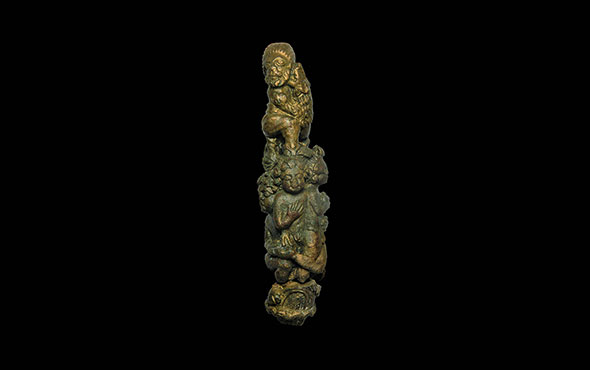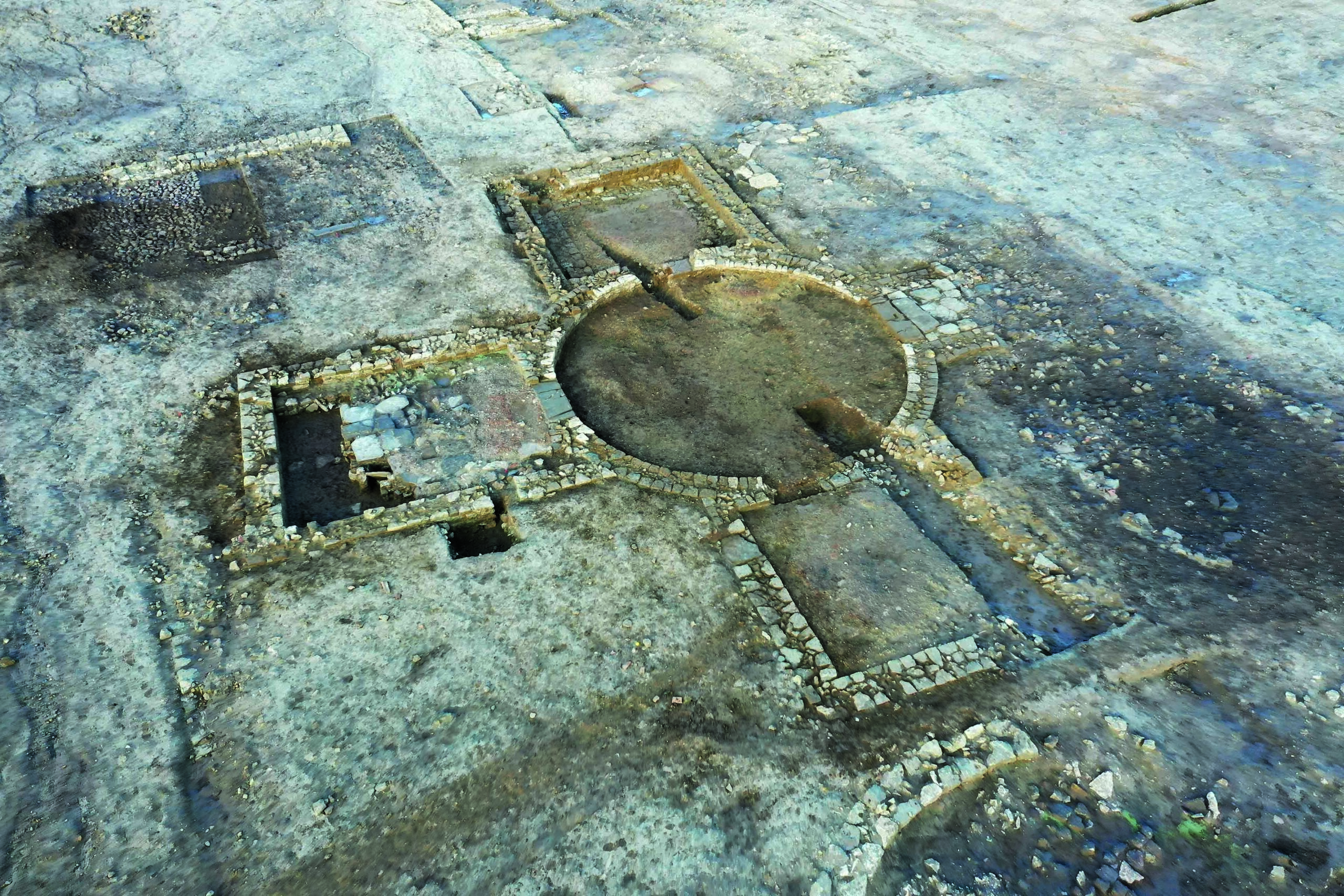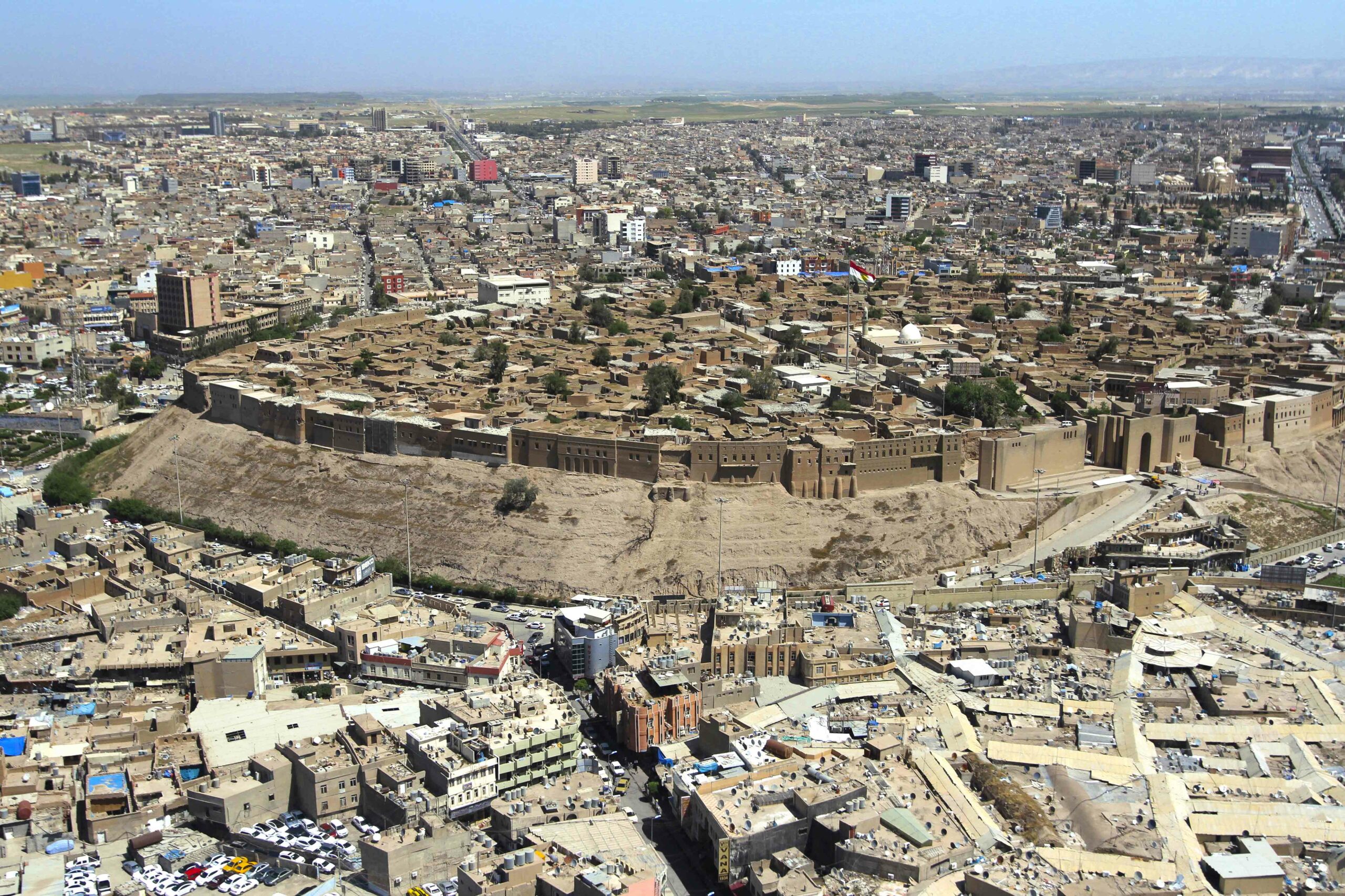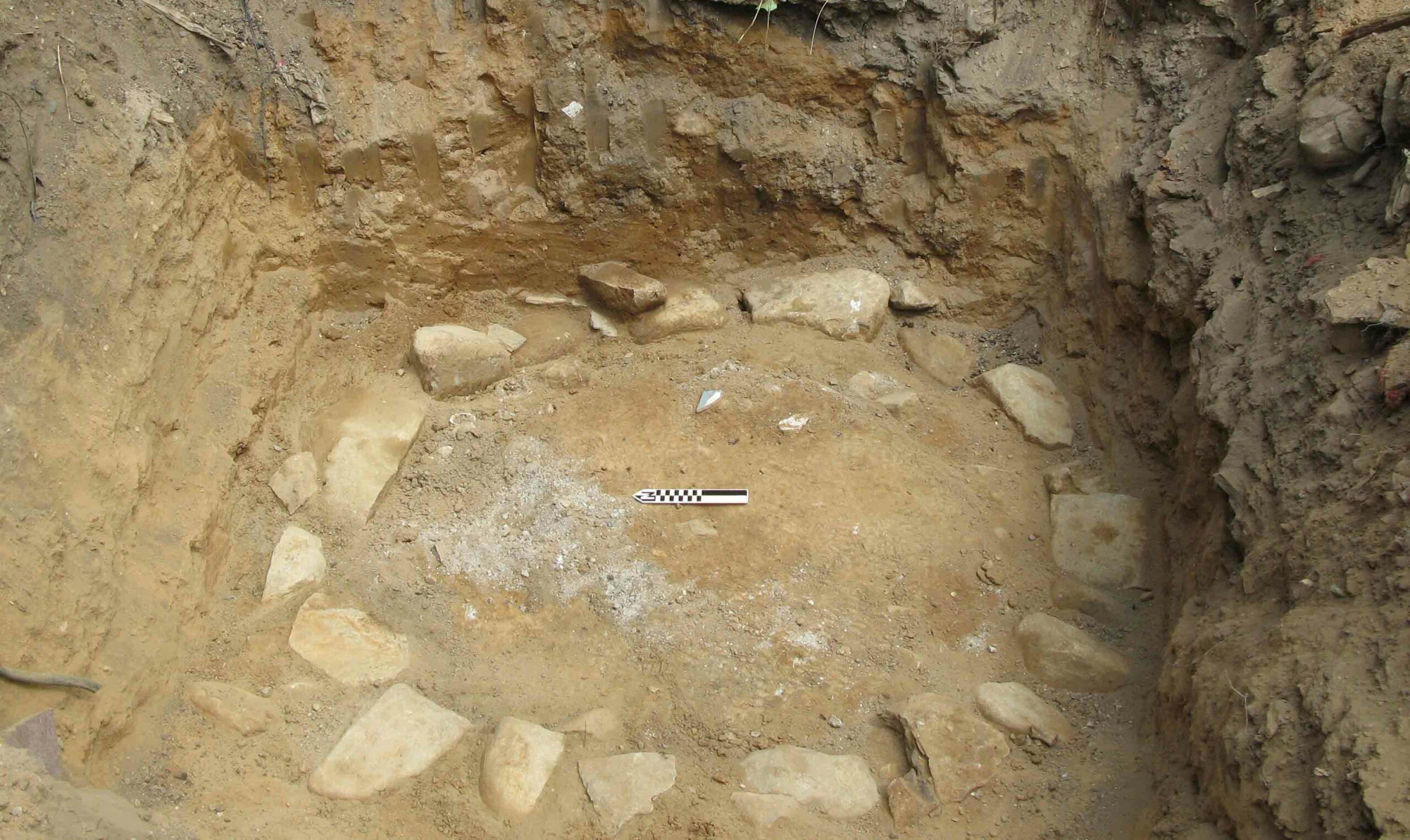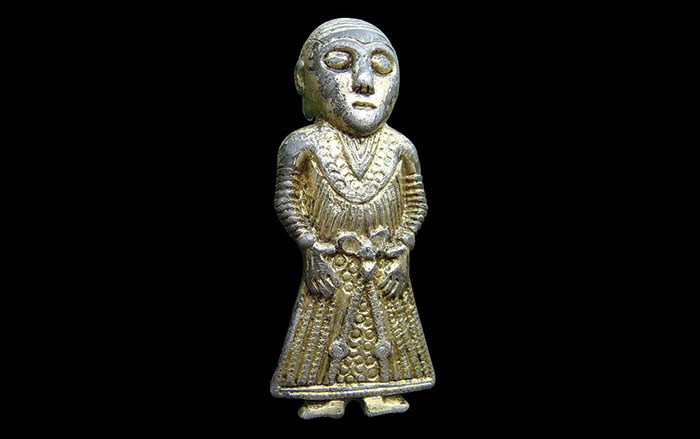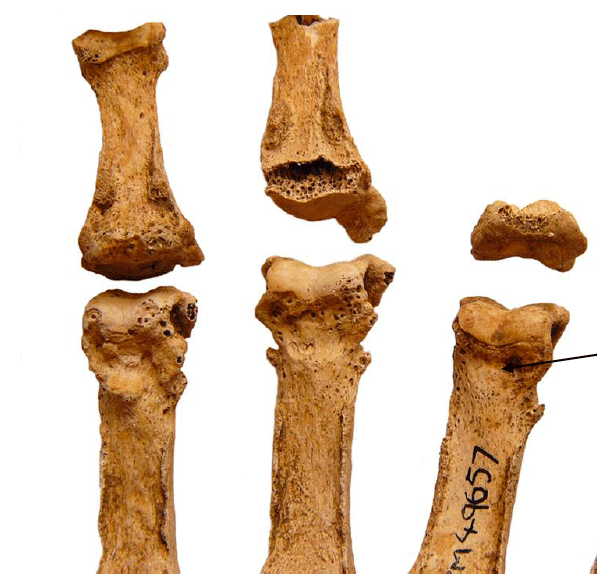
WORCESTERSHIRE, ENGLAND—Domestic pottery and the remains of two individuals who lived during the Roman period have been unearthed at a school in England’s West Midlands. One of the burials was of a woman over the age of 50. Hobnails, which are associated with rural Roman agricultural burials, were found with her bones. The other set of remains belonged to an adult male between the ages of 25 and 30 at the time of death. The bones show signs of degenerative joints and osteoarthritis. His head had been removed and placed alongside his legs. “This discovery seems to support evidence that during Roman times there were small farmsteads in Worcestershire, owned or run by a family,” archaeologist Tom Vaughan told The Worcester News. The boot-wearing woman may have worked on the farmstead—preparing food, manufacturing cloth, or as a general laborer. To read about another rural site in England with a strong Roman prescence, see ARCHAEOLOGY's "Letter From England: The Scientist's Garden."



